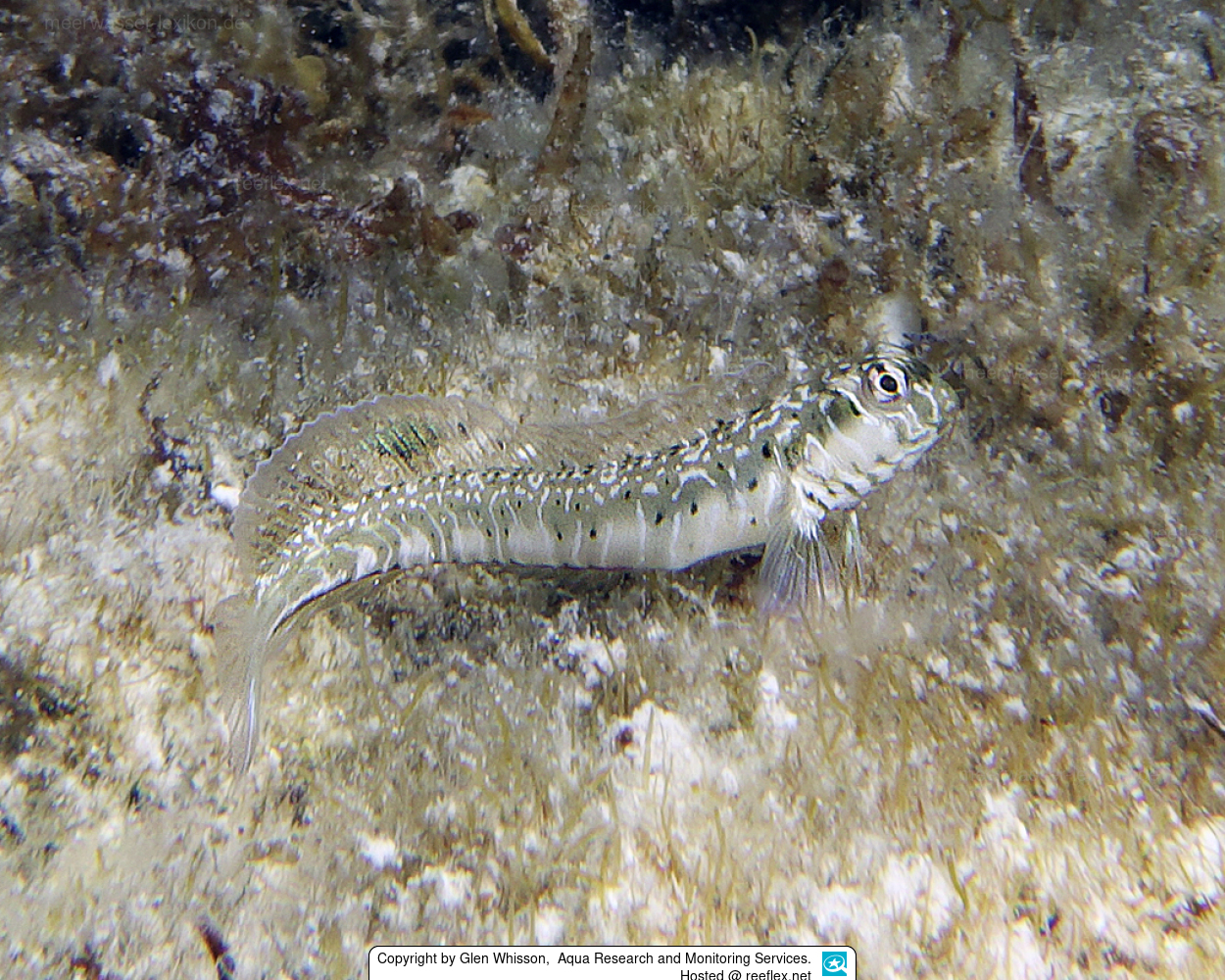Info
The search for the diet of the blenny Omobranchus germaini led to a very interesting scientific paper on the diet of blennies, in this case detritus.
Detritus can be dead organic waste material from plants and / or animals, but this rough distinction definitely does not do justice to the question of which detritus feeds on which blenny and why.
This question was elaborated in the study "Extreme dentition does not prevent diet and tooth diversification within combtooth blennies (Ovalentaria: Blenniidae)" in combtooth blennies.
A distinction must be made between pure herbivores, pure carnivores and omnivores, this of course also applies to detritus diets, but what makes an animal a detritus herbivore, detritus carnivore or detritus omnivore?
Decisive for this are the dentition, the teeth and the mouth shape of the animals!
Herbivores have so-called hypsodont teeth
Carnivores have brachydont teeth, pointed teeth for snatching and holding prey.
Omnivores have heterodont teeth
The following mouth shapes in fish are known:
Superior mouth (the mouth opening points upward), such animals eat plant and flesh foods
inferior mouth (the mouth points downwards), these animals eat mainly vegetable food
Terminal mouth (the mouth is oriented forward), such animals eat mainly meat and fish
Now to the blenny Omobranchus germaini:
Adults of this species live in shallow reefs, in crevices just below the level of low tide.
They are found in tide pools and on rocky shores, singly or in small groups.
Eggs are demersal and sticky and are attached to the substrate by a filamentous, sticky pad or pedestal.
Larvae are planktonic, often found in shallow coastal waters.
Similar species:
Omobranchus elongatus (Peters, 1855) -.
Synonym: Petroscirtes germaini Sauvage, 1883
Jumping guard
A jumping guard prevents (nocturnal) fish from jumping out.
Wrasses, blennies, hawkfishs and gobies jump out of an unprotected tank in fright if their night rest is disturbed, unfortunately these jumpers are found dried up in the morning on carpets, glass edges or later behind the tank.
https://www.korallenriff.de/en/article/1925_5_Jump_Protection_Solutions_for_Fish_in_the_Aquarium__5_Net_Covers.html
A small night light also helps, as it provides the fish with a means of orientation in the dark!
Detritus can be dead organic waste material from plants and / or animals, but this rough distinction definitely does not do justice to the question of which detritus feeds on which blenny and why.
This question was elaborated in the study "Extreme dentition does not prevent diet and tooth diversification within combtooth blennies (Ovalentaria: Blenniidae)" in combtooth blennies.
A distinction must be made between pure herbivores, pure carnivores and omnivores, this of course also applies to detritus diets, but what makes an animal a detritus herbivore, detritus carnivore or detritus omnivore?
Decisive for this are the dentition, the teeth and the mouth shape of the animals!
Herbivores have so-called hypsodont teeth
Carnivores have brachydont teeth, pointed teeth for snatching and holding prey.
Omnivores have heterodont teeth
The following mouth shapes in fish are known:
Superior mouth (the mouth opening points upward), such animals eat plant and flesh foods
inferior mouth (the mouth points downwards), these animals eat mainly vegetable food
Terminal mouth (the mouth is oriented forward), such animals eat mainly meat and fish
Now to the blenny Omobranchus germaini:
Adults of this species live in shallow reefs, in crevices just below the level of low tide.
They are found in tide pools and on rocky shores, singly or in small groups.
Eggs are demersal and sticky and are attached to the substrate by a filamentous, sticky pad or pedestal.
Larvae are planktonic, often found in shallow coastal waters.
Similar species:
Omobranchus elongatus (Peters, 1855) -.
Synonym: Petroscirtes germaini Sauvage, 1883
Jumping guard
A jumping guard prevents (nocturnal) fish from jumping out.
Wrasses, blennies, hawkfishs and gobies jump out of an unprotected tank in fright if their night rest is disturbed, unfortunately these jumpers are found dried up in the morning on carpets, glass edges or later behind the tank.
https://www.korallenriff.de/en/article/1925_5_Jump_Protection_Solutions_for_Fish_in_the_Aquarium__5_Net_Covers.html
A small night light also helps, as it provides the fish with a means of orientation in the dark!







 Dr. Glen Whisson, Aqua Research and Monitoring Services, Australien
Dr. Glen Whisson, Aqua Research and Monitoring Services, Australien








